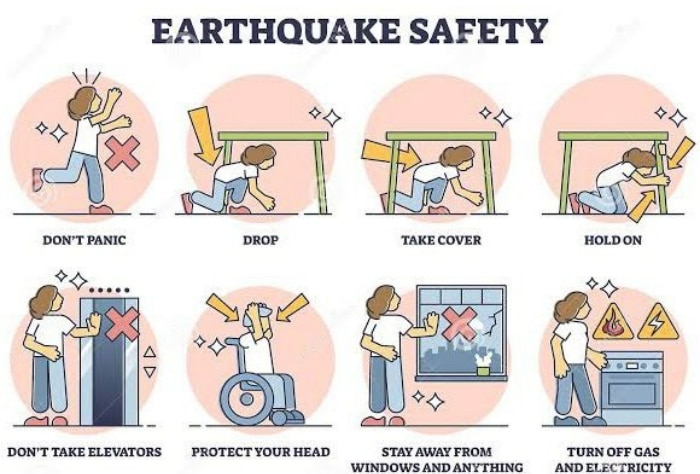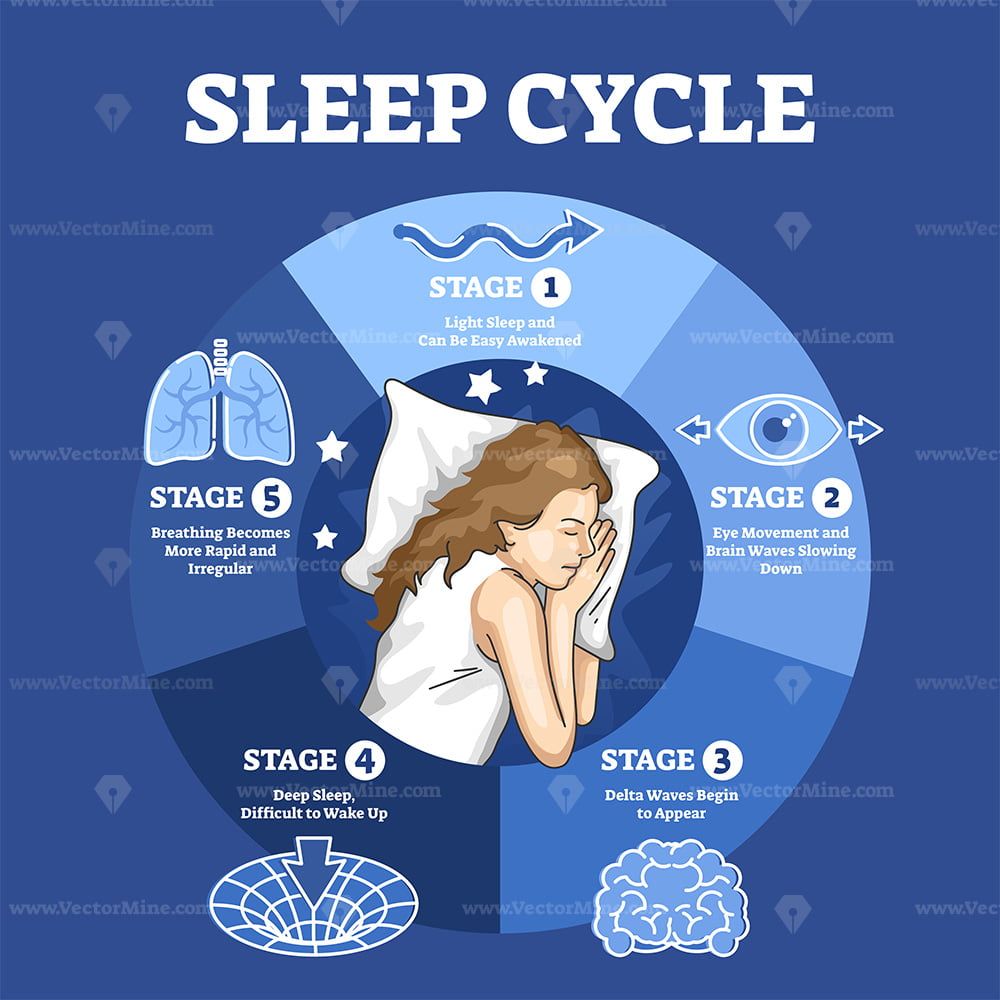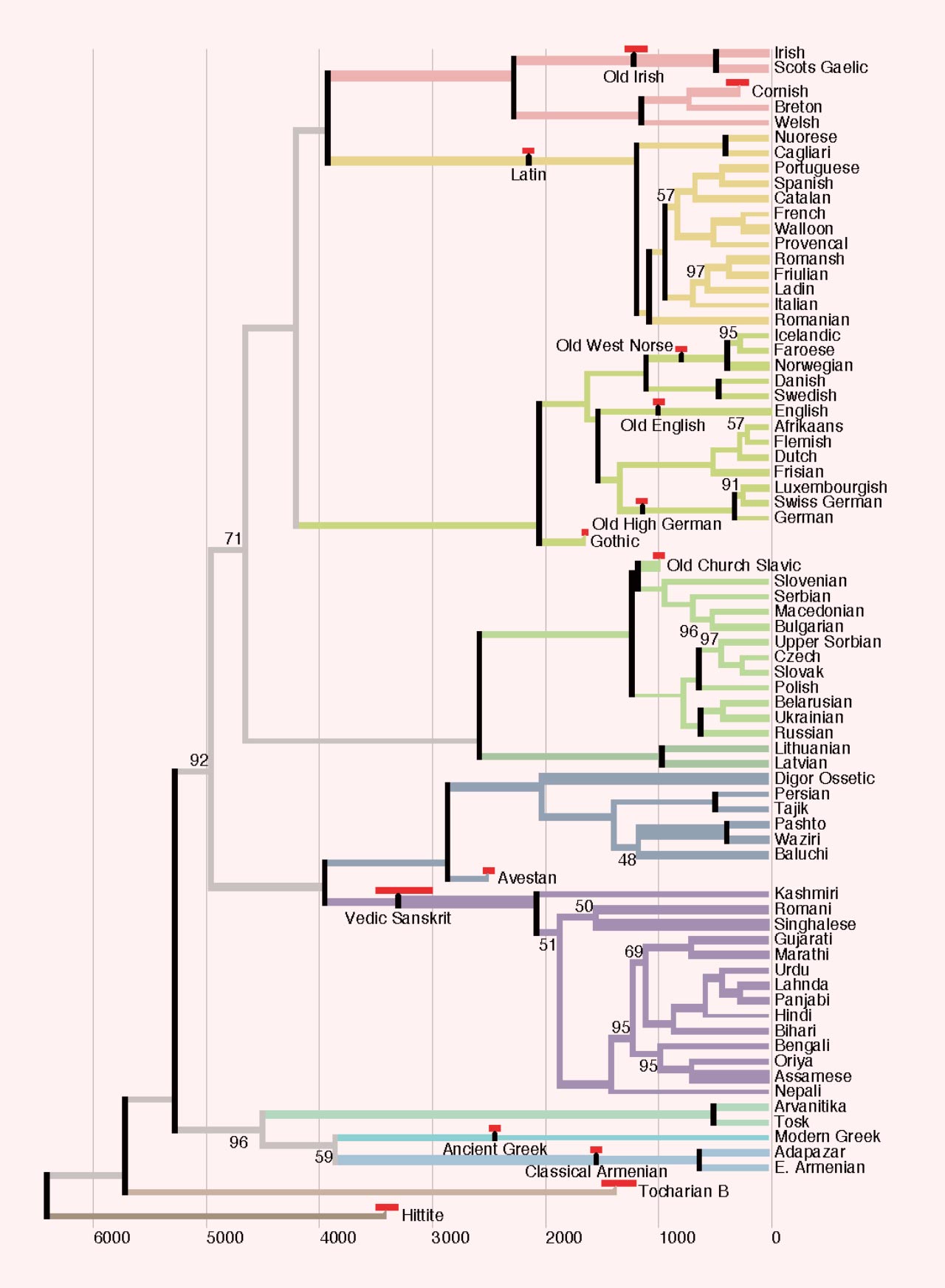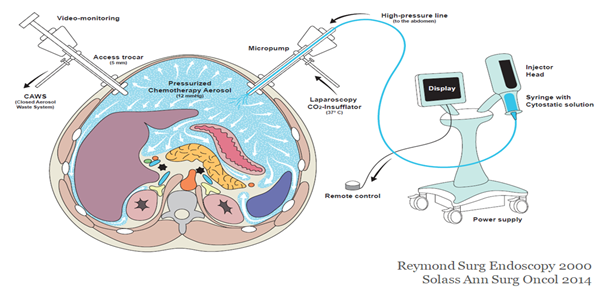


The recent earthquake in Delhi, with a magnitude of 4.0, has caused panic among residents of the National Capital Region. Experts have explained that the epicentre being in Delhi itself is the reason for the strong tremors felt. They have also emphasized the importance of taking safety precautions and following guidelines from NDMA and BMTPC, such as exiting small buildings and taking cover in larger ones.
Earthquakes in Delhi: A Geological Background and Recent Event
Delhi, the capital city of India, has experienced several earthquakes in recent years, including the recent 4.0 magnitude earthquake that shook the National Capital Region (NCR) on January 1, 2023. These tremors have raised concerns among residents and highlighted the need for preparedness and understanding of earthquake risks.
Geological Context
Delhi lies on the northern edge of the Indian Plate, which is constantly moving northward and colliding with the Eurasian Plate. This collision zone generates tectonic stresses that can lead to earthquakes. The region is also influenced by the Yamuna fault, a major geological structure that runs through Delhi and has the potential to produce earthquakes.
Recent Earthquake
The 4.0 magnitude earthquake that struck Delhi on January 1, 2023, had its epicenter in the Najafgarh area of Southwest Delhi at a depth of 13 kilometers. The tremors were felt strongly in Delhi and nearby areas, causing panic among residents and damage to some buildings.
According to experts, the relatively shallow epicenter of the earthquake amplified the shaking felt on the surface. They also emphasized the importance of taking safety precautions, such as:
Past Earthquake Events
Delhi has experienced several notable earthquakes in the past, including:
Top 5 FAQs and Answers
Q1: What causes earthquakes in Delhi? A1: Earthquakes in Delhi are primarily caused by the collision of the Indian and Eurasian plates, which generates tectonic stresses.
Q2: How can I prepare for an earthquake in Delhi? A2: Prepare an emergency plan, secure heavy objects, know safe places to take cover, and have emergency supplies (food, water, flashlight, first aid kit) on hand.
Q3: What should I do if I am in a building during an earthquake? A3: Exit small buildings and take cover in larger ones. Stay away from windows and unstable structures. Drop to the ground, cover your head, and hold on until the shaking stops.
Q4: What should I do if I am outdoors during an earthquake? A4: Move to an open area away from buildings, trees, and power lines. Drop to the ground, cover your head, and hold on until the shaking stops.
Q5: Has there been an increase in earthquake frequency in Delhi? A5: While there has been some seismic activity in Delhi in recent years, there is no evidence to suggest a significant increase in earthquake frequency. However, it is essential to remain prepared for potential events.

Discover the key to Finland's success in education - research. At the University of Helsinki, our researchers are leading the way in developing innovative teaching methods and policies, based on decades of multidisciplinary research into learning, growth, and human development. From teacher education to sustainability, our research is shaping the future of education for all ages. Join us in our mission to create an equal and sustainable education system through fearless innovation and collaboration.

The Defence Research and Development Organisation (DRDO) is offering internship opportunities for graduate and postgraduate students in the field of science and engineering. These programmes aim to provide hands-on experience in cutting-edge research and development in defence technology. Interested candidates between the ages of 19 and 28 with relevant degree backgrounds can apply for these internships, which range from 4 weeks to 6 months. However, selected candidates will have access only to unclassified areas and there is no guarantee of employment after the training period.

An earthquake with a magnitude of 4.0 struck Delhi early this morning, shaking residents awake and causing widespread fear and uncertainty. While some may brush off the eerie phenomenon of being woken up just before the quake, there may be some truth to humans having the ability to detect seismic activity. According to experts, our brains are subconsciously attuned to environmental changes, making us more likely to wake up or experience sleep disturbances before an earthquake strikes. Furthermore, earthquakes can have long-lasting effects on our sleep patterns, leading to chronic sleep disturbances and potential mental health issues such as anxiety and depression.

Delhi was sent into a frenzy on Monday morning when a 4.0 magnitude earthquake rattled the city. The epicentre of the quake was near Durgabai Deshmukh College of Special Education in Jheel Park, Dhaula Khan. No casualties were reported, but residents were left shaken by the force of the tremors, with some witnessing uprooted trees and damage to properties. The National Centre for Seismology is actively monitoring the situation in Delhi-NCR, which is known to be part of an active seismic zone.

A new study published in Nature by Russian and Ukrainian scientists challenges the long-standing narrative about the origins of Indo-European languages like Sanskrit, Hindi, and Urdu. By analyzing DNA from ancient individuals across Eurasia, the researchers propose a migration route from the Eurasian Steppe that played a significant role in spreading language and culture. This study sheds light on the complex history of Indo-European language evolution and challenges traditional beliefs about the influence of Aryans.

From a young age, the author's fascination with the natural world led them to pursue a career in science. However, as they progressed, they noticed the lack of female representation in STEM fields, particularly women of color. This not only has negative impacts on inclusivity and diversity, but also leads to products and research that do not accommodate female needs. The author argues that celebrating and including women in STEM is crucial for driving innovation, addressing societal challenges, and ensuring diverse perspectives are integrated into scientific and technological progress.

The Human:Nature campaign led by The Nature Conservancy has raised over $50 million for conservation efforts in Indiana, surpassing its initial goal by $2 million. This successful fundraising initiative has allowed TNC to protect 10,000 acres of land, plant 140,000 trees, improve visitor experiences at nature preserves, and promote sustainable agriculture practices in the state. Additionally, the Mining the Sun strategy has been implemented to repurpose mine lands and brownfields for renewable energy projects. This campaign showcases the crucial connection between humans and nature, and the positive impact conservation efforts can have on both.

While recording a podcast with tech millionaire Bryan Johnson, Zerodha's Nithin Kamath was shocked by the air quality in Mumbai's Bandra area. With an AQI of over 160, Nithin's Instagram post shed light on India's air pollution crisis beyond the commonly associated city of Delhi. He also called for researchers to collaborate and address the long-term health risks associated with breathing in polluted air. Nithin also suggested a policy to link real estate prices to AQI levels to prioritize public health.

Dr Jitender Rohila, a renowned surgeon and consultant at Fortis Hospital, explains the cutting-edge surgical procedures of HIPEC and PIPAC, which are transforming the treatment of peritoneal surface cancers. These techniques involve delivering heated chemotherapy directly to the abdominal cavity or aerosol chemotherapy under pressure, resulting in improved drug absorption and reduced side effects. While HIPEC is suitable for patients who have undergone cytoreductive surgery for abdominal cancers, PIPAC offers promising options for those with advanced diseases or seeking additional treatment after surgery.